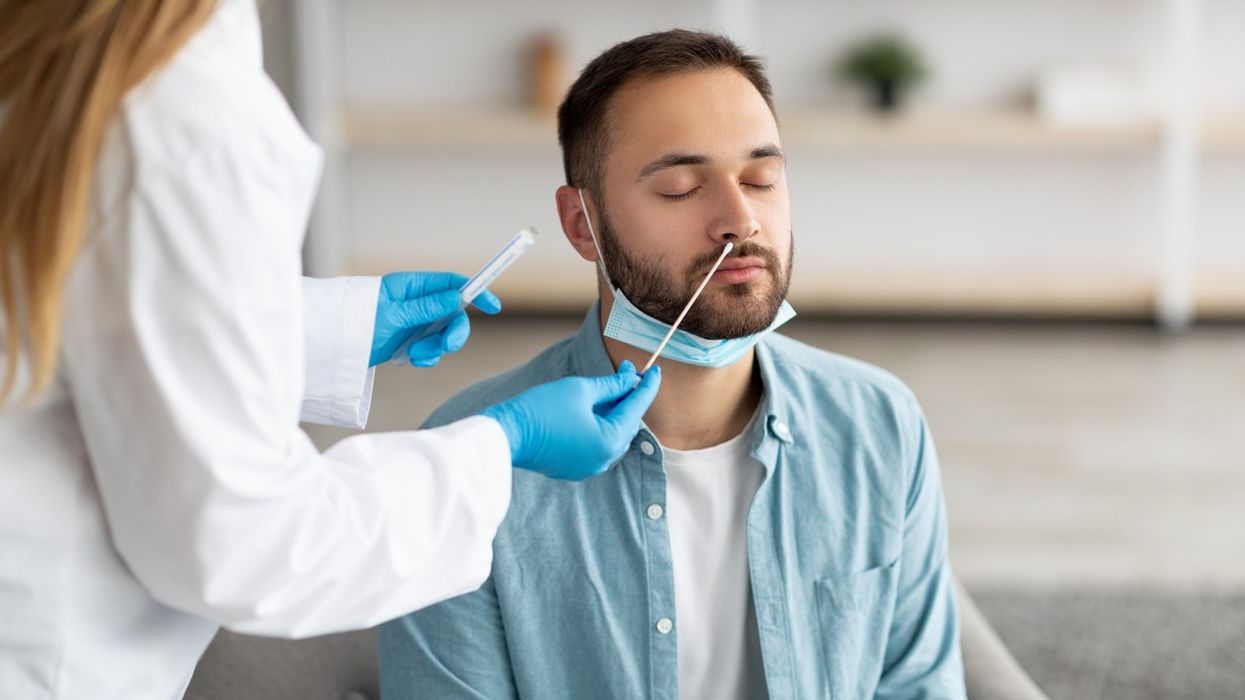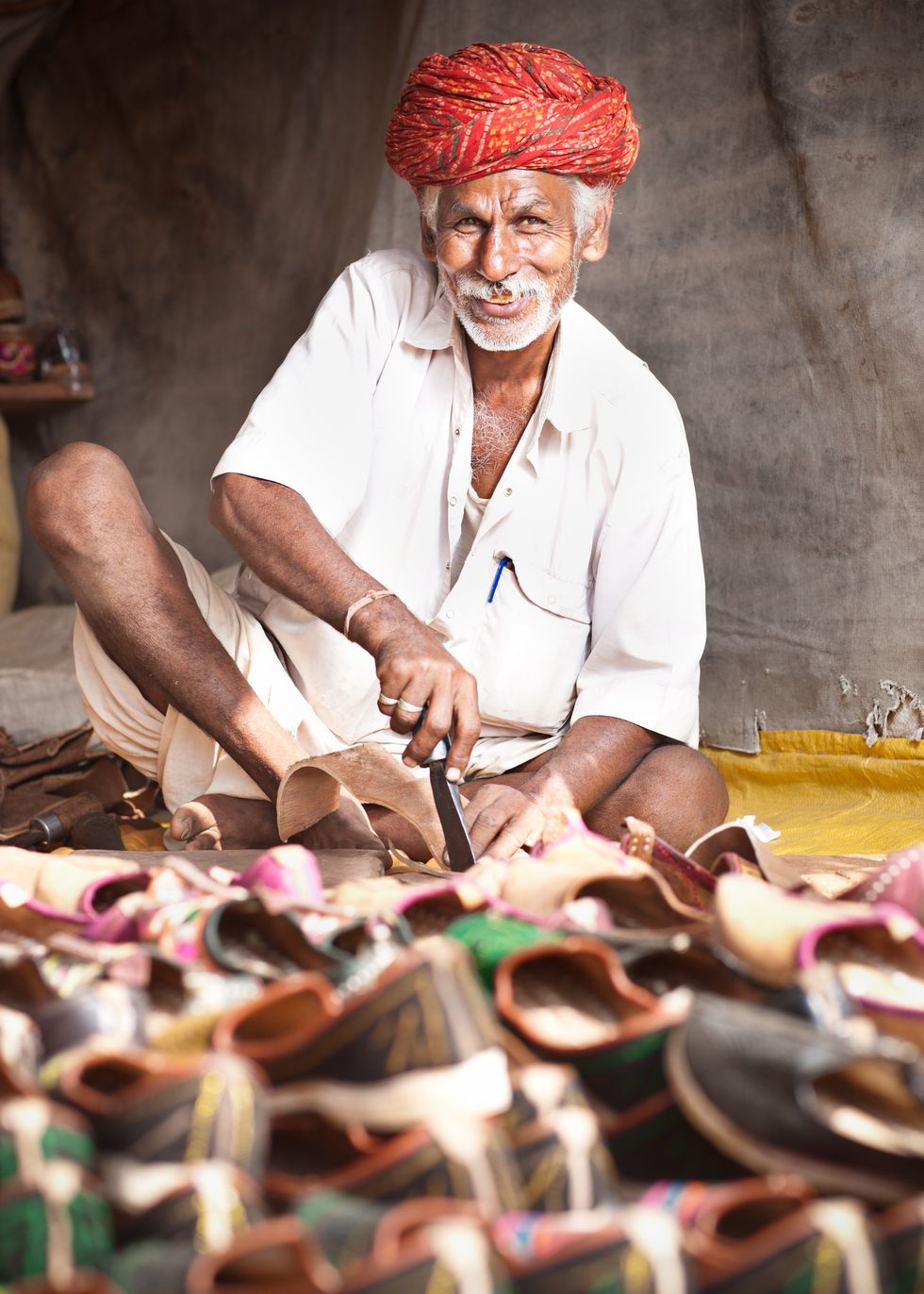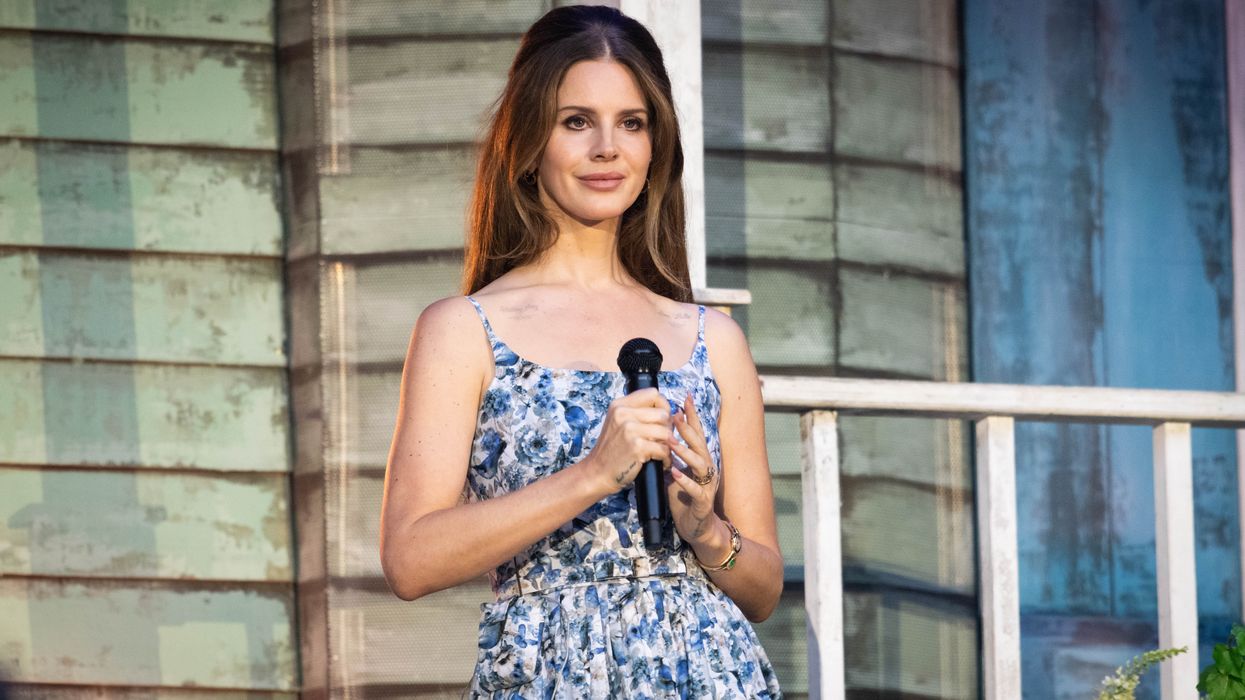PEOPLE from an ethnic minority background in Dudley, a market town in the West Midlands, were almost twice as likely to get Covid-19 during the pandemic according to a new report.
The study, by the borough’s acting director of public health, also found living in deprived areas made residents more susceptible to catching the virus, which killed 881 people in Dudley between March 2020 and April 2022.
The first case of Covid in the borough was recorded on March 9, 2020. It eventually infected 105,045 people during the following two years.
The report’s author, Mayada Abu-Affan, said: “The spread of Covid-19 during late 2020 saw infection rates increase rapidly. At the peak in January 2021, the borough had some of the highest rates and was one of the hardest hit areas nationally.
“The unequal impact of Covid-19 in our communities is evident. Overall infection rates have varied substantially by ward within Dudley.”
The report’s findings, which mirror national trends, also show that around 5,500 Covid positive patients were admitted to Russells Hall Hospital during the outbreak, with as many as 30 patients being treated in intensive care on a single day at the peak of the pandemic.
Members of the African-Caribbean community were most likely to need hospital treatment.
Statistics adjusted to count per 100,000 members of the population showed that 1,151 black people would be admitted to hospital, compared with 981 white people and 861 people from an Asian background.
Living in Dudley’s most deprived areas had a dramatic effect on people’s chances of surviving the virus, data revealed.
The poorest 10th of the population in the borough accounted for 16.2 per cent of deaths, while just 6.5 per cent of fatalities occurred in the richest 10th. Living in the poorest 10 per cent of the population made people 73 per cent more likely to die from Covid than the richest 10 per cent, the report said.
It also found that the highest spike in infection rates came in the winter of 2021 when close to 1,600 new cases were reported on a single day.
Widespread vaccination and the weaker Omicron strain meant the number of hospital admissions and deaths during the final peak did not match previous waves of the virus, the report said.
It added that existing inequalities in the borough were widened further during the pandemic.
In Dudley, 28 per cent of people live in conditions which place them in the most deprived fifth of the population of England, compared to 20 per cent across the nation as a whole, and are considered to be at increased risk of Covid infection. (Local Democracy Reporting Service)





 Prada confirms Kolhapuri chappals inspired its 2026 Milan collectionInstagram/
Prada confirms Kolhapuri chappals inspired its 2026 Milan collectionInstagram/ Kolhapuri chappals have been crafted for centuries and received GI tag in 2019 iStock
Kolhapuri chappals have been crafted for centuries and received GI tag in 2019 iStock 








 Wintour also became synonymous with the Met GalaGetty Images
Wintour also became synonymous with the Met GalaGetty Images


Police may probe anti-Israel comments at Glastonbury